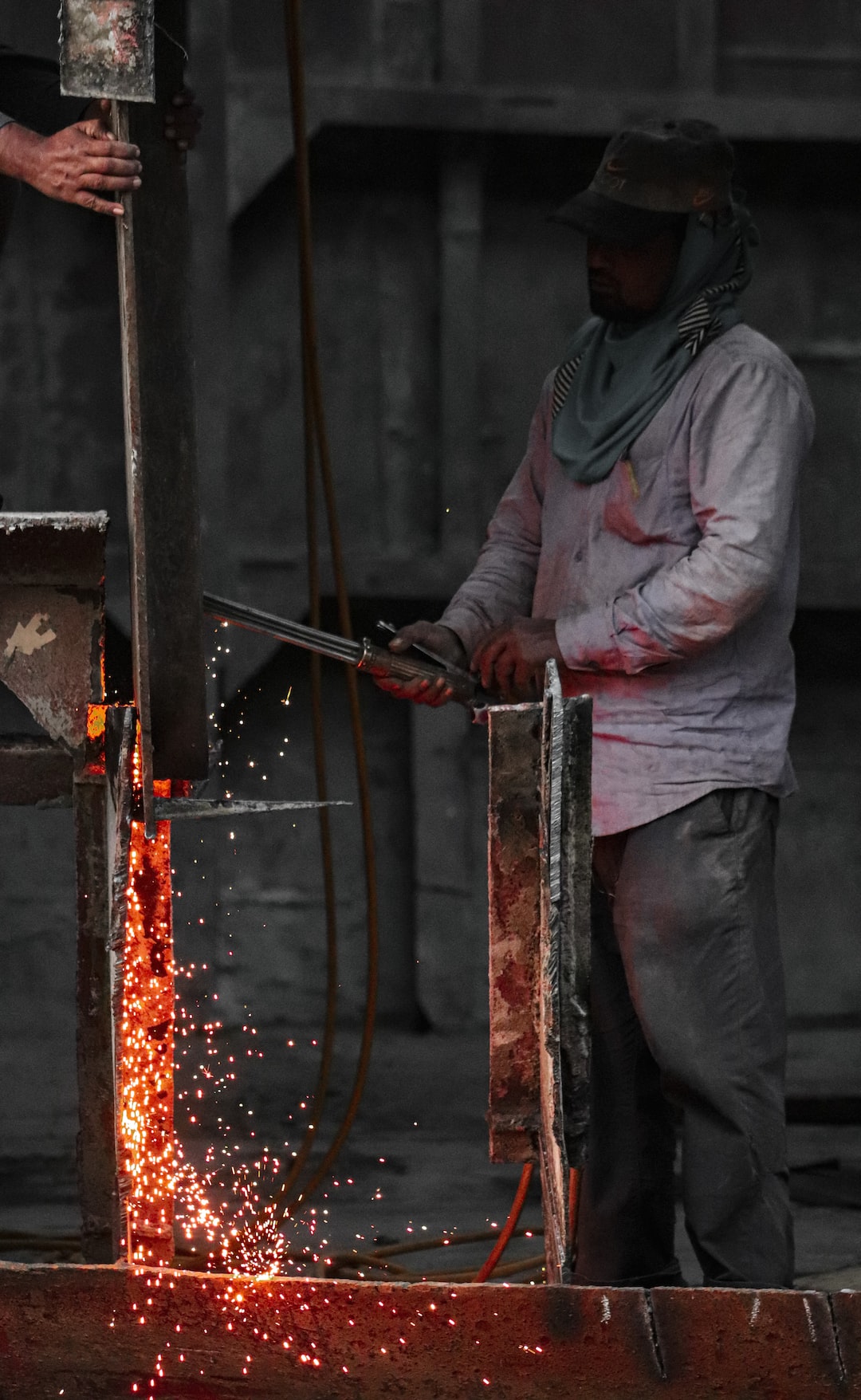Common Mistakes to Avoid When Working with Scaffolding
Scaffolding is an essential tool in the construction industry, providing a temporary structure to support workers and materials during building or maintenance projects. However, working with scaffolding can be dangerous if not approached with caution and expertise. To avoid accidents and ensure a safe working environment, it is crucial to be aware of the common mistakes to avoid when working with scaffolding, such as the correct use of a “roseta de andamio” or scaffold base plate.
One common mistake is neglecting to use a proper scaffold base plate, also known as a “roseta de andamio.” The base plate is a crucial component of scaffolding as it provides stability and evenly distributes the weight of the structure. Without a base plate, scaffolding can sink into the ground or become unstable, posing a significant risk to workers.
Using a “roseta de andamio” is essential to prevent the scaffold from tipping over, particularly on uneven or soft surfaces. The base plate should be properly installed at the base of each scaffold leg to ensure a secure connection with the ground. The use of a base plate helps to increase stability, prevent shifting and sinking, and ultimately reduce the chance of accidents or injuries.
Another common mistake is failing to properly secure the scaffolding. Each component, including braces, frames, and platforms, should be firmly connected and locked in place. Loose connections can lead to a collapse of the entire structure, endangering everyone working on or around it. Regular inspections of the scaffold’s assembly and stability are crucial to spot any potential issues and promptly address them.
Moreover, it is important to ensure that scaffolding is erected by properly trained personnel. Inadequate training or lack of knowledge about the specific requirements of scaffold assembly can result in serious accidents. Those involved in erecting, dismantling, or working on scaffolding should receive comprehensive training on its safe usage, including the proper use of a “roseta de andamio.”
Furthermore, neglecting to adhere to weight limits is another common mistake. Every scaffold has a specific weight capacity that should never be exceeded. Overloading the scaffolding can compromise its structural integrity, leading to collapse or other accidents. It is essential to know and respect these weight limits to prevent any potential disasters.
Lastly, insufficient inspection and maintenance can lead to serious safety hazards. Regular inspections should be conducted to detect any signs of damage or wear. Any damaged components should be replaced immediately, and the overall condition of the scaffold should be closely monitored. By conducting routine inspections and promptly addressing any issues, the safety of those working with scaffolding can be significantly enhanced.
In conclusion, working with scaffolding requires diligent attention to safety protocols to prevent accidents and injuries. Avoiding common mistakes such as neglecting to use a “roseta de andamio,” properly securing the scaffolding, ensuring proper training, respecting weight limits, and conducting regular inspections are all essential practices to maintain a safe working environment. By implementing these measures, potential risks can be minimized, and workers can carry out their tasks on scaffolding confidently and securely.

